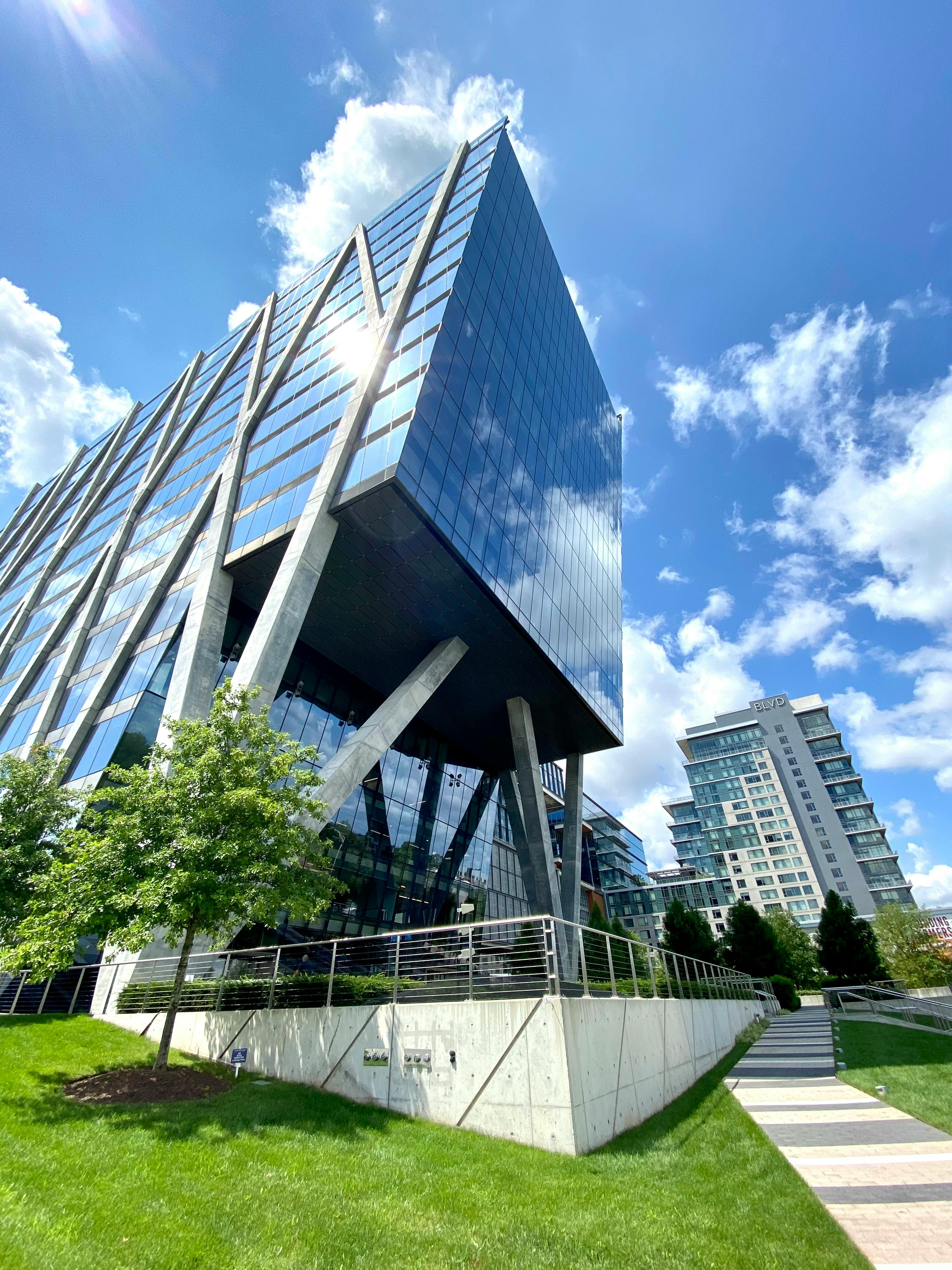
Introduction: The Appeal of Self-Build Homes
Building one's dream home is a significant stepping stone for many individuals in the UK. The flexibility, practicality, and affordability that come with the process make the self-build route an enticing option for future homeowners. However, far from a straightforward process, this DIY course requires a comprehensive understanding of the associated costs— from purchasing land and acquiring permissions to construction expenses and interior furnishings. This article will impart a detailed knowledge of the financial side of your DIY home build project, providing an in-depth guide on self-build costs in the UK.
Section 1: Deciphering Land Costs and Planning Permission Expenses
Key to every self-build project, the first significant cost arises with the purchase of a plot of land. Land prices can vary extensively across the UK, with prime locations naturally demanding higher prices. It is recommended to allocate at least 30% of your total build budget to land costs to avoid potential financial constraints further along the line.
Obtaining planning permissions is another essential step and expense in the process of building your home. Make sure to factor in the costs associated with planning applications, which currently stand at £462 for a new home in the UK.
Section 2: Accounting for Construction Costs and Unforeseen Expenses
Your budget must cover a variety of construction costs, starting with site preparations like clearing plots, setting up temporary utilities, and performing geological surveys. Furthermore, construction materials and labour form a significant chunk of the overall expense, with an estimated cost range of £1,000 to £1,500 per square meter.
Also essential to factor in are contingencies for unforeseen expenses such as bad weather, unexpected ground conditions, or changes to your design plans. It's advisable to set aside an additional 10% to 20% of your budget as a buffer for these unanticipated costs.
Section 3: Delving into Design and Interior Furnishing Costs
Designing your home is both an exciting and costly part of your self-build project. If you hire an architect to help design your home, anticipate costs of around 3% to 7% of your construction budget. Alterations to your original design may also lead to additional costs.
The interior finishing of your home often takes up to 20% to 30% of your total budget. This includes costs for flooring, kitchen installations, bathroom fixtures, paint, and other elements which contribute to the overall aesthetic of your home.
Section 4: Administrative and Legal Expenses
Last, but by no means least, a well-rounded budget will account for ancillary costs like administrative expenses, legal fees and VAT (Value Added Tax). Professional services rendered during self-build setups, including legal advisors and planning consultants, can notch up additional costs. It's vital to incorporate these into your budget from the outset.
Also remember that VAT can significantly inflate your building costs. In general, you should expect to pay 20% VAT on all goods and services during construction, although you may be able to reclaim some of this amount through the VAT refund scheme for self-build projects.
Conclusion: Understanding Your Self-Build Costs
Building your dream home offers numerous rewards, but it also comes with an intricate tapestry of costs. From purchasing land to planning permissions, from construction costs to interior design, each phase requires careful budgeting and foresight. By understanding and anticipating these expenses, you can successfully navigate the financial side of your DIY home build, bringing your vision of a self-build home in the UK to life.